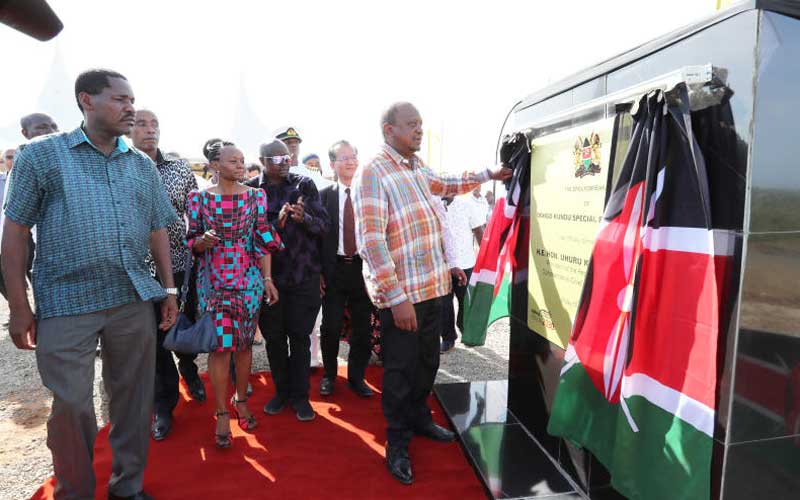×
The Standard e-Paper
Informed Minds Prefer The Standard

A myriad of poorly conceived, forced and hastily implemented projects that run into trillions of shillings are increasing the pressure on President Uhuru Kenyatta as his administration approaches homestretch.
On Wednesday, a clearly vexed President Kenyatta launched construction of a Sh60 billion Nairobi Expressway in Nairobi, launched a passenger train “to nowhere” and addressed meetings in Ongata Rongai, Ngong and Maai Mahiu.